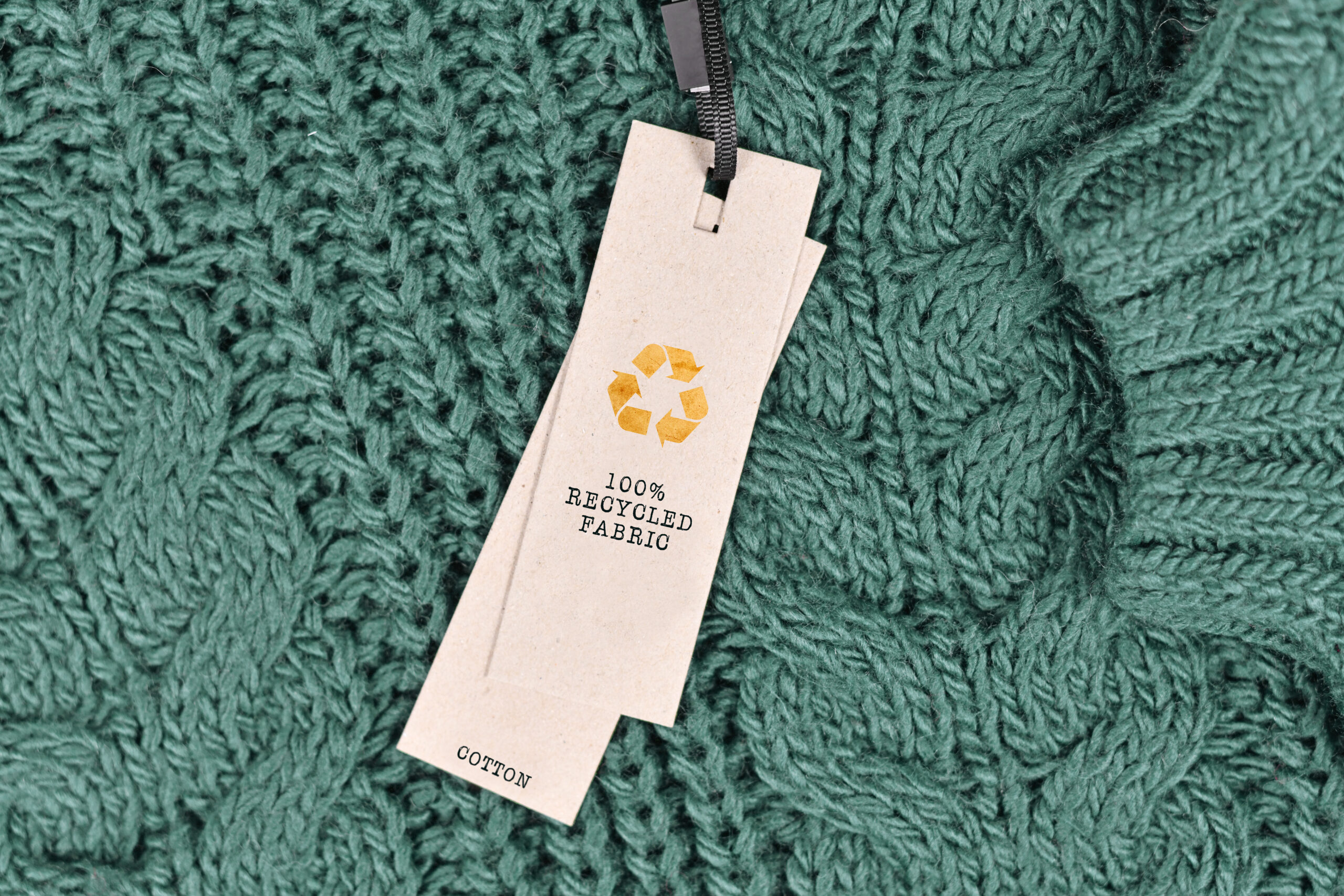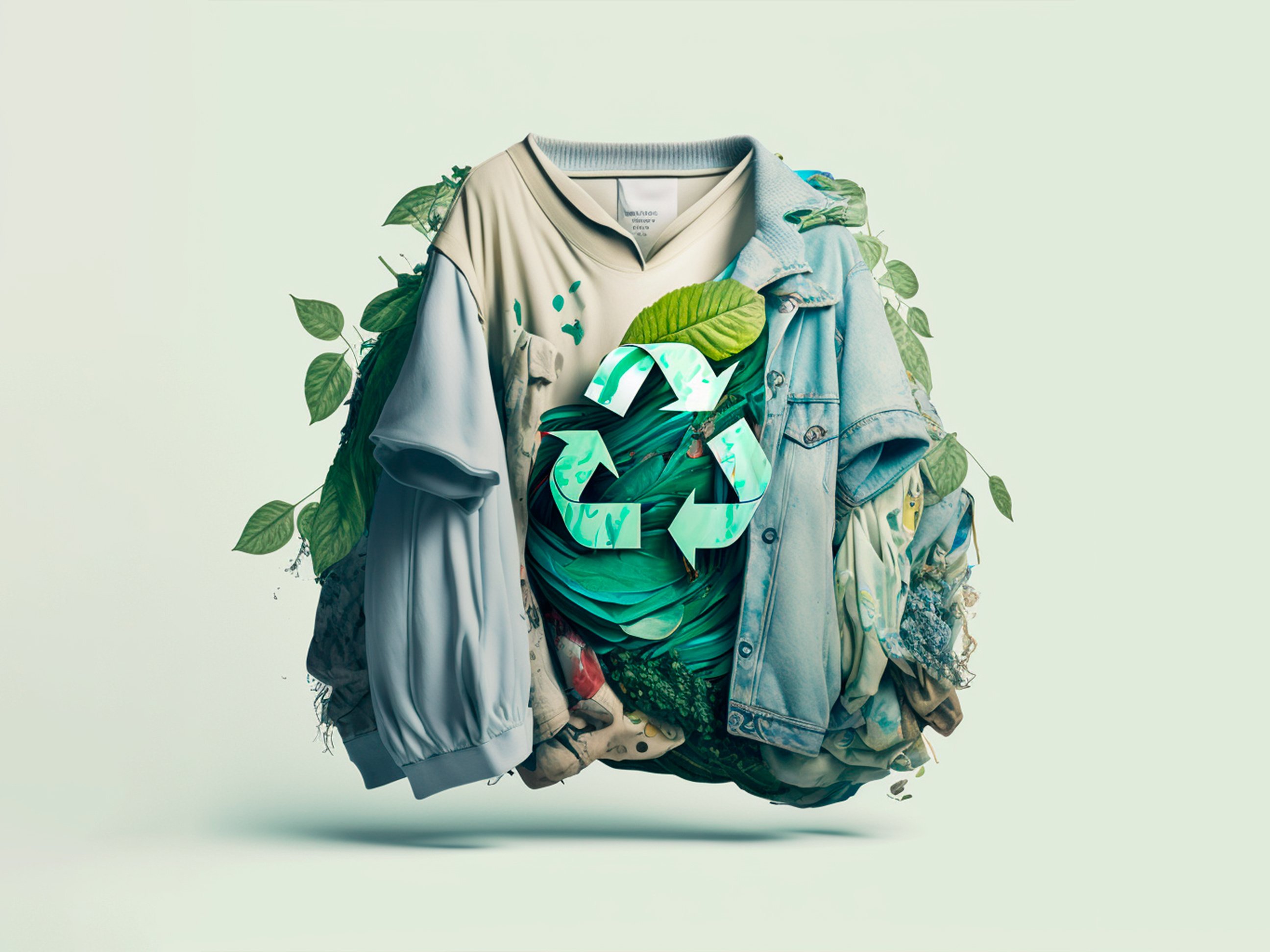Stay Ahead of the Curve by Checking Out Ingenious Style Trends
In an industry as vibrant as fashion, staying ahead involves even more than just adhering to current patterns-- it demands an expedition of advancement. Smart fabrics, for example, are changing garments right into useful masterpieces, while 3D printing is changing style processes with its customizable, waste-reducing abilities. As sustainability becomes a foundation, technologies like environment-friendly products and circular style techniques are reshaping ecological duty - Cape Town Sustainable Fashion. Additionally, the merging of technology and style proclaims a brand-new period of consumer engagement. Exactly how, after that, can these emerging patterns redefine the future of fashion, and what effects do they hold for brands looking for to grow in this progressing landscape?

Embracing Smart Textiles
In recent times, the apparel industry has seen a transformative change with the assimilation of clever fabrics, a sophisticated development that mixes innovation with material. This advancement represents not only a blend of appearances and capability yet also a substantial jump towards sustainability and personalization in vogue. Smart fabrics, additionally recognized as e-textiles, installed sophisticated electronic devices such as sensing units and conductive threads within the textile, making it possible for garments to interact with the user or the setting.
These textiles are developed to monitor physiological parameters, such as heart rate or body temperature level, giving real-time health and wellness analytics. Beyond wellness applications, wise fabrics are also being used for flexible clothes, which can alter shade or pattern in response to environmental stimuli, therefore supplying a dynamic style experience.
Furthermore, the development of energy-harvesting fabrics that produce power from activity or sunshine is paving the means for self-sufficient wearable technology. This innovation is interesting environmentally mindful consumers and developers intending to reduce the environmental impact of style. As research and advancement in this area advance, smart fabrics are anticipated to end up being significantly widespread, improving the landscape of modern-day fashion with their multifunctional capabilities.
The Rise of 3D Printing
Reinventing the manufacturing landscape, 3D printing has arised as a game-changer in the garment industry. This cutting-edge innovation has made it possible for designers to push the boundaries of imagination, generating complex and tailored garments that were previously unimaginable. By leveraging digital design and additive production, 3D printing helps with the creation of complicated geometries and patterns, permitting designers to try out new textures and structures.
A remarkable benefit of 3D printing in vogue is its capability to produce on-demand, lessening waste and decreasing inventory needs. This effectiveness not just maximizes manufacturing processes however additionally permits for quick prototyping, enabling designers to bring their visions to life in a much shorter duration. Moreover, 3D printing supports personalization to a level unrivaled by conventional methods, supplying unique designs and tailored fits tailored to individual customer preferences.
The rise of 3D printing has actually also democratized fashion, making it easily accessible to arising designers that can now fabricate premium items without significant economic investment in typical manufacturing infrastructure. As technology remains to breakthrough, the fashion business is poised to harness the full possibility of 3D printing, discovering brand-new materials and methods that will undoubtedly redefine just how fashion is developed and produced.
Sustainable Style Developments
As the garment industry faces the pushing demand for environmental obligation, lasting fashion technologies have actually arised at the center of transformative modification. The expanding awareness of environmental effect has actually sustained a shift towards more eco-conscious techniques and products. Designers and brand names are currently prioritizing sustainability, incorporating methods that lessen waste and decrease carbon footprints.
One significant development is the surge of round style, which highlights recycling and upcycling to prolong the lifecycle of garments. This approach not just decreases waste yet also encourages customers to take on a more mindful strategy to clothing intake.
Another development depends on the adoption of ingenious dyeing strategies that utilize waterless processes or natural dyes, thus reducing the huge amounts of water and chemicals generally utilized in fabric dyeing. In addition, developments in biotechnology have caused the creation of lab-grown natural leather and fabrics, providing environmentally friendly and cruelty-free options to conventional materials. With these introducing efforts, the garment industry is making significant strides towards a much more lasting future.

Tech-Integrated Apparel
Tech-integrated clothing stands for a cutting-edge fusion of fashion and innovation, improving exactly how individuals interact with their apparel. This innovative domain name is marked by the inclusion of smart fabrics and ingrained digital elements, boosting both functionality and aesthetic appeal. From health and fitness trackers installed in sports apparel to warmed jackets controlled by means of smart device applications, tech-integrated clothing offers customers extraordinary comfort and flexibility.
Pioneering brands are driving this trend, concentrating on producing garments that react to environmental stimuli or user commands. As an example, some garments can transform color or pattern in feedback to temperature level changes, while others include biometric sensors to monitor health metrics like heart price or anxiety degrees. The seamless combination of modern technology into fabrics additionally includes environmental sustainability, with efforts to establish self-cleaning materials or garments that adapt to weather problems, hence lessening the need for several layers.
In addition, the development of wearable modern technology is not just limited to garments however encompasses accessories like watches and eyewear, more widening the extent of tech-integrated style. As the market proceeds to innovate, the capacity for personalization and personalization in apparel grows, supplying consumers special, tech-enhanced style experiences that satisfy their specific demands and choices.
Future of Virtual Fashion
In current years, the future of digital style has actually become a transformative pressure within the sector, leveraging advancements in digital modern technology to redefine just how fashion is created, experienced, and taken in. By incorporating enhanced truth (AR), online truth (VIRTUAL REALITY), and 3D design tools, designers can now craft interactive and immersive experiences that go beyond traditional fashion boundaries. Virtual style enables the production of garments that exist exclusively in electronic environments, supplying countless opportunities for technology without the constraints of physical production.
This electronic change not just provides possibilities for innovative expression yet likewise addresses sustainability issues linked here inherent in conventional style techniques. Cape Town Sustainable Fashion. By removing the demand for physical resources, online style minimizes waste and decreases carbon footprints. Additionally, the surge of online fashion aligns with the boosting consumer demand for unique and tailored experiences, as online garments can be customized and tailored to individual preferences effortlessly

Final Thought
The style industry's future lies in the combination of sustainable methods and ingenious innovations. Online style is positioned to redefine consumer interactions.
In current years, the style sector has actually seen a transformative shift with the assimilation of clever fabrics, a cutting-edge development that blends innovation with material.As the fashion industry grapples with the pushing demand for environmental obligation, look at this website lasting style technologies have emerged at the leading edge of transformative change.In recent years, the future of online fashion has actually arised as a transformative force within the industry, leveraging improvements in electronic technology to redefine how fashion is developed, experienced, and eaten. my website The increase of digital style straightens with the raising consumer demand for tailored and one-of-a-kind experiences, as online garments can be tailored and customized to private preferences with simplicity.
The fashion sector's future lies in the integration of cutting-edge technologies and sustainable methods.